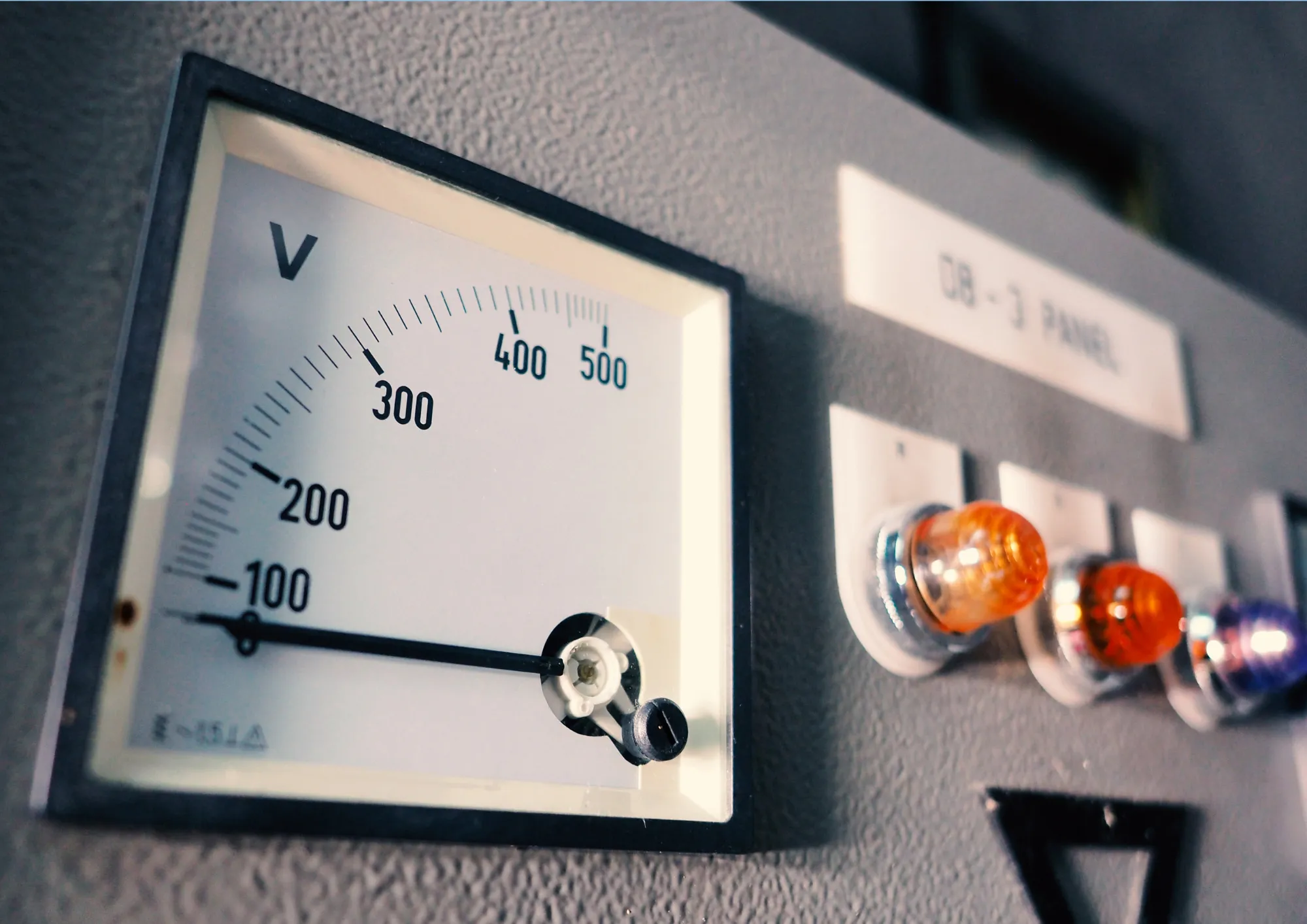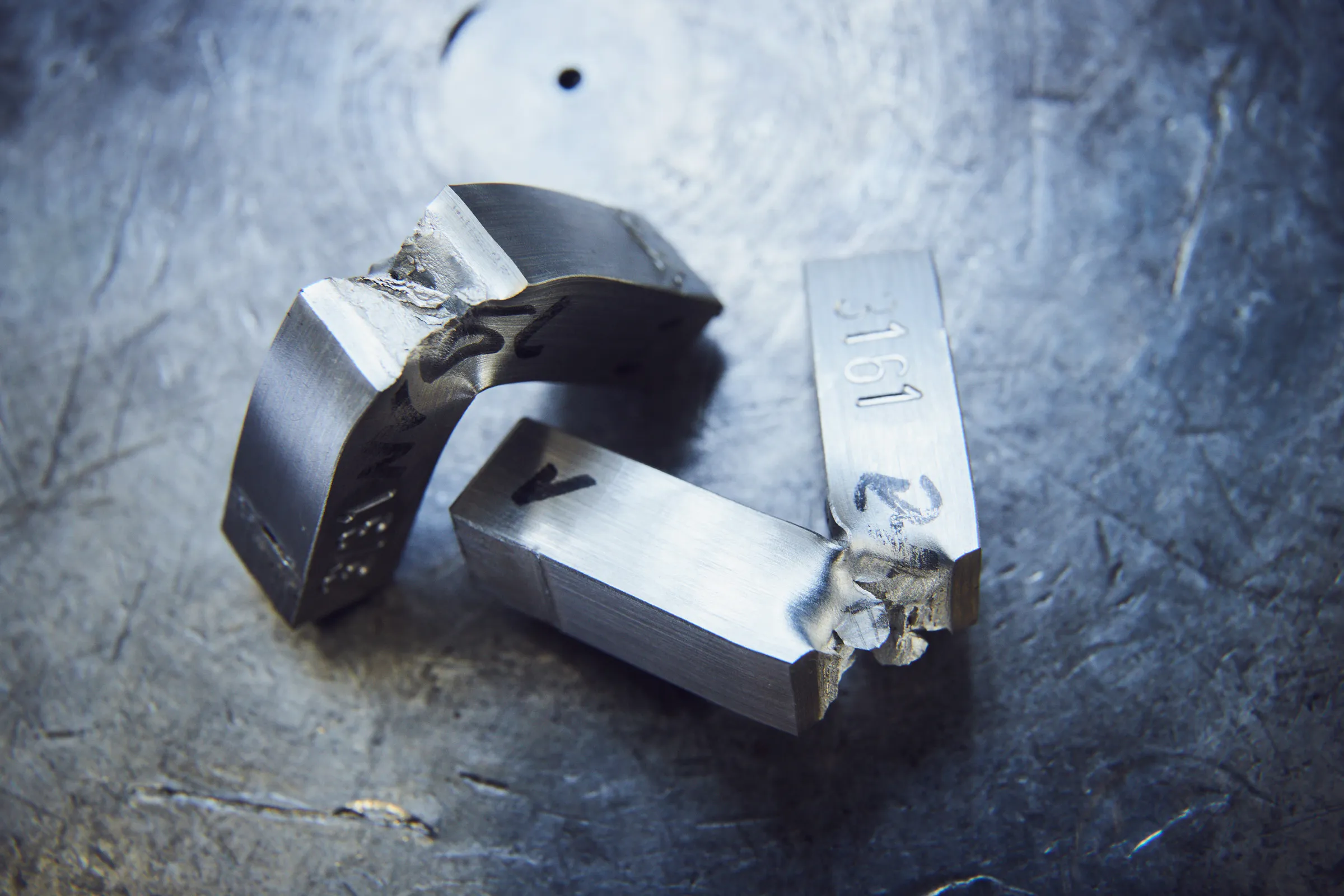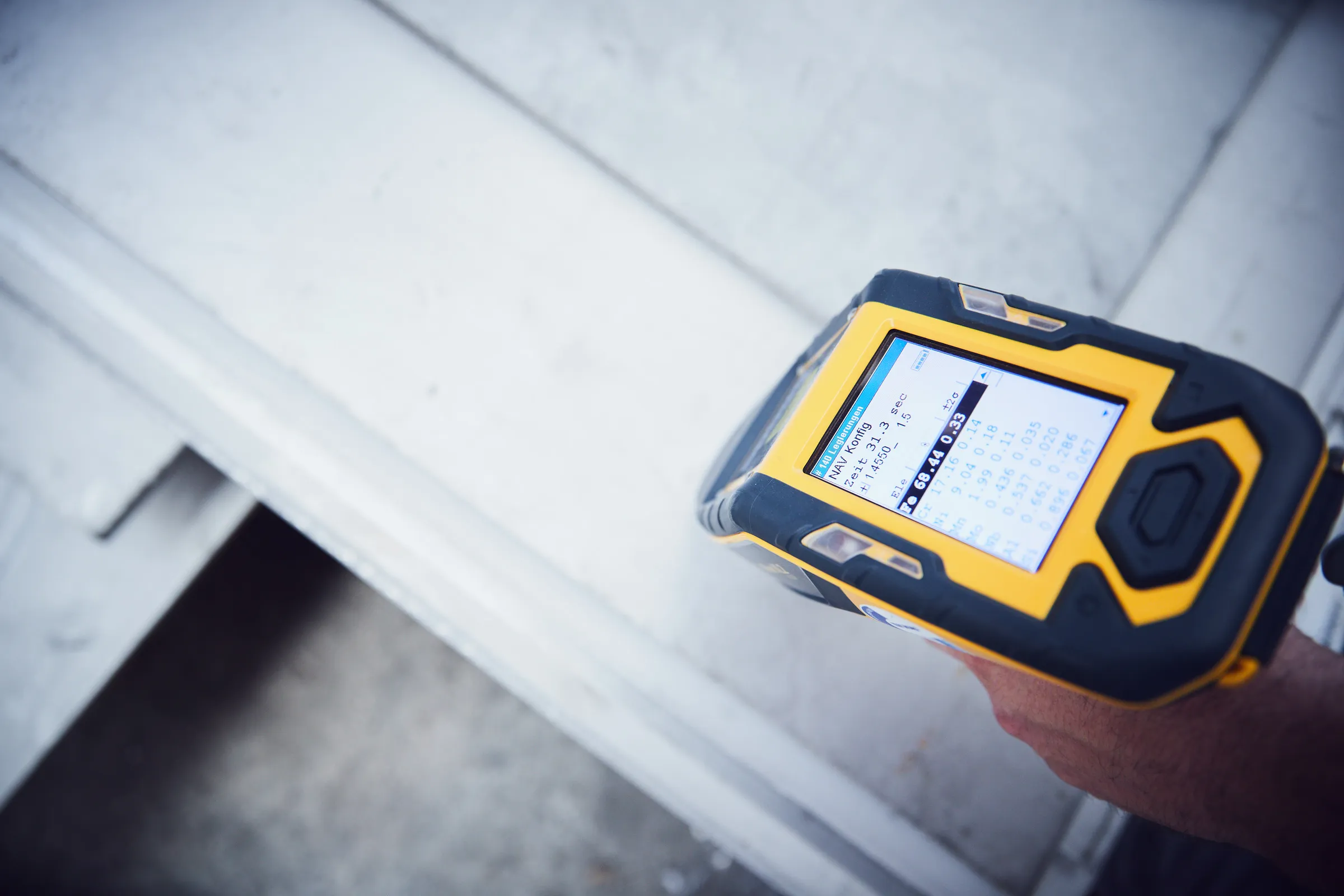Overview of all acceptance procedures

Wirbelstromprüfung
Die Wirbelstromprüfung ist ein zerstörungsfreies Verfahren zur Überprüfung metallischer Oberflächen auf Fehler wie Risse oder Ungänzen. Durch hochfrequente elektromagnetische Wechselwirkungen können solche Oberflächenfehler je nach Anforderung manuell oder automatisch erkannt und ausgewertet werden.

Ultraschallprüfung
Die Ultraschallprüfung ist ein zerstörungsfreies Prüfverfahren, mit dem Bauteile aus schallleitenden Werkstoffen mit Hilfe von Ultraschallwellen auf innere Fehler geprüft werden. Sie dient sowohl zur Kontrolle von Schweißnähten, Gussteilen, Halbzeugen, Walzprodukten und Schmiedeerzeugnissen, als auch zur Messung der Restwanddicken an Rohrleitungen und Druckbehältern. Dieses Prüfverfahren basiert auf der Laufzeitmessung von Schallwellen zwischen Sender und Empfänger. Durch die Auswertung der unterschiedlichen Laufzeiten lassen sich nicht nur die Art, sondern vielfach auch die Position von Anzeigen bestimmen, weil verschiedenartige Anzeigestellen wie z.B. Einschlüsse, Risse, Lunker und Trennstellen unterschiedliche Reflektionsverhalten für Schallwellen aufweisen und so charakteristische Signalbilder verursachen. Die Ultraschallprüfung kann auch unter Wasser durchgeführt werden (Tauchtechnik). Insbesondere bei der automatischen Prüfung besteht eine hohe Prüfgeschwindigkeit bei gleichzeitig hoher Prüfdichte. Dies ermöglicht eine effiziente und kostengünstige Prüfdurchführung.

Verwechslungsprüfung
Unverzichtbar ist die PMI (Positive Materialidentifizierung) oder Verwechslungsprüfung, um zu verhindern, dass das falsche Material eingesetzt wird. Vor allem im Wareneingang, beim Versand oder auch in der Industrie – etwa im Anlagenbau-, Werkzeug-, Apparate-, Behälter- oder Rohrleitungsbau sowie in Gießereien – ist diese qualitative und quantitative Überprüfung der elementaren Zusammensetzung eines Probestückes wichtig. Dabei arbeiten wir vorrangig mit zwei Verfahren – im stationären wie auch im mobilen Einsatz.

Zugversuch
Der Zugversuch dient zur Bestimmung der Zugfestigkeit, Streckgrenze, Bruchdehnung, Einschnürung und dem E-Modul. Standardisierte Probestücke werden bei gleichmäßiger Geschwindigkeit bis zum Bruch gedehnt. Die Flach- und Rundzugversuche führen Partner für Sie z.B. auf servohydraulischen Universalprüfmaschinen der Firma walter&bai ag (Schweiz) sowie der Firma Galbadini (Italien) durch. Durch eine Probenherstellung mit dem Wasserstrahl- oder Plasmaschneidverfahren sowie automatisiertem Drehen (CNC) können wir die Probenherstellung gegenüber konventioneller Verfahren stark beschleunigen.
- Temperaturen von -60°C bis 800°C,
- Auf Anfrage bis 1050°C Digitalanbindung

Metallografische Untersuchungen
Makroskopische Untersuchung
Mikroskopische Untersuchung
Korngrößenbestimmung
Reinheitsgradbestimmung
Ferritbestimmung
Ätzprobe
Wärmebehandlung

Farbeindringprüfung
Optisches Prüfverfahren
Kann auf nahezu allen Oberflächen eingesetzt werden
Zum Nachweis von Fehlern z.B. Rissen oder Poren

Magnetpulverprüfung
Optisches Prüfverfahren
Kann bei allen magnetisierbaren Werkstoffen eingesetzt werden
Zum Nachweis von Rissen und oberflächennahen Fehlstellen

Kerbschlagarbeit
Zur Bestimmung der Zähigkeit eines Werkstoffes führen Partner für Sie Kerbschlagbiegeversuche durch. Hierbei kann der Werkstoff im Bereich von -196°C bis +100°C temperiert werden. Durchführbar ist diese Prüfung an allen metallischen Werkstoffen. Die Pendelschlagwerke unserer Partner sind nach ISO und NIST-Standard abgenommen. 450 Joule Pendelschlagwerk ISO- und NIST-Standard Temperaturbereich -196°C bis +100°C

Härteprüfung
Härte ist der mechanische Widerstand, den ein Prüfstück dem Eindringen eines anderen, härteren Prüfkörpers entgegensetzt. In der Werkstofferprobung werden dabei verschiedene klassische Prüfverfahren wie z.B. Brinell, Vickers oder Rockwell eingesetzt. Hierbei wird ein Prüfkörper mit einer bestimmten geometrischen Form senkrecht durch eine definierte Kraft in die plan und ausreichend glatte Oberfläche des Prüfstücks gedrückt und anschließend wird die projizierte Oberfläche oder die Tiefe der bleibenden Eindrücke gemessen. Die Auswahl des Prüfverfahrens richtet sich unter anderem nach der zu erwartenden Härte und der Beschaffenheit der Probe.
Brinell: HBW 2,5/187,5 / HBW 2,5/62,5 / HBW 5/750 / HBW 10/1000
Vickers: HV 30 / HV 10 / HV 5
Rockwell: HRC
contact
- +49 41 08 - 43 01 0
- +49 41 08 - 43 01 43
- info@nironit.de
- call-back service




.webp)
